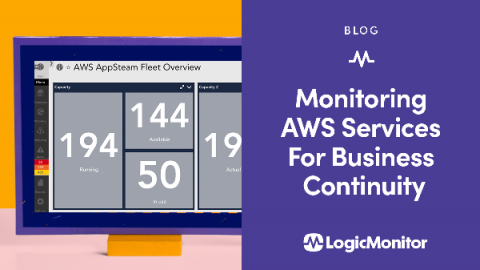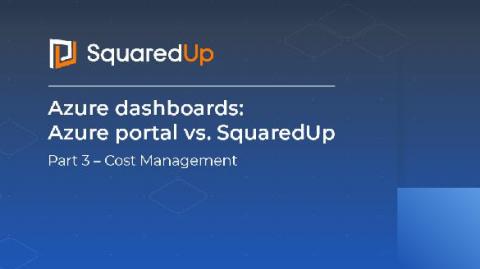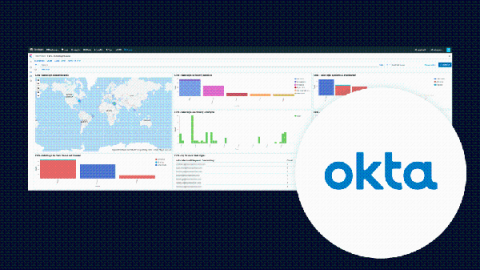Monitoring AWS Services For Business Continuity
Amazon Web Services (AWS) provides tools that help with application management, machine learning, end-user computing, and much more. Users that utilize AWS, more than likely, have a combination of the many services AWS offers. LogicMonitor consolidates data from these services and empowers users to monitor them side by side with the rest of their infrastructure, whether it’s in the Cloud or on-premises. Keep reading for tips on monitoring some of these services to ensure business continuity.











